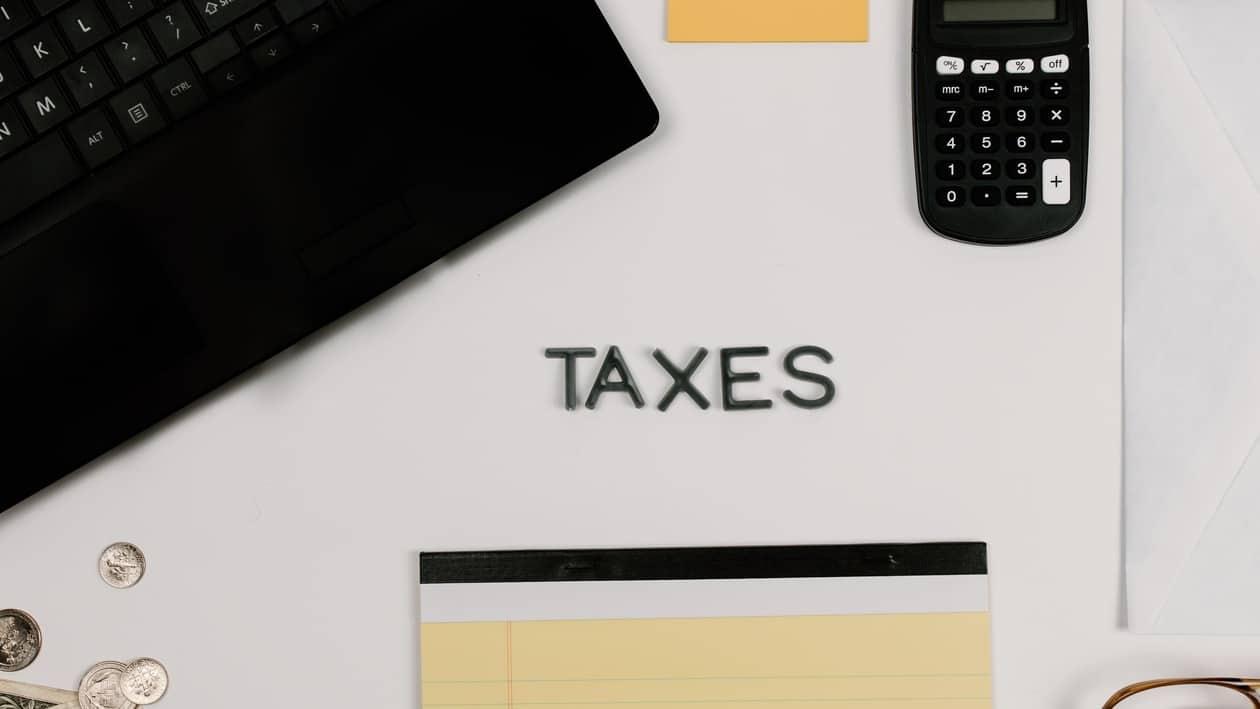The Union Budget 2023 presented by the Finance Minister on February 1, 2021, proposed an amendment to the Income Tax Act, 1961, by which small-income taxpayers will receive a marginal relief on their taxable income.
This amendment came as a welcome relief to taxpayers as it proposed to reduce the tax burden on those who had an income slightly over ₹7 lakh.
What is the marginal relief?
Marginal relief is a reduction in the amount of tax that a taxpayer has to pay if their taxable income is only slightly higher than the threshold limit. This means that if the income of an individual taxpayer is slightly over ₹7 lakh, the additional amount won’t be taxed at the same rate.
The amendment proposed in the Budget 2023 is the government’s way of supporting small taxpayers and reducing the burden of taxation. In the past, any income over ₹7 lakh was taxed at the applicable slab rates. This meant that even if the income was only marginally higher, the tax burden was significant.
Under the new amendment, the tax liability of an individual taxpayer with a total taxable income of ₹7,00,001 will be Rs. 1 instead of Rs. 25,000. This marginal relief is applicable up to ₹7.5 lakh.
How does the marginal relief facility work?
The marginal relief facility works by reducing the tax burden of taxpayers with a total income slightly higher than the ₹7 lakh threshold.
| Income (Rs.) | Tax rate | Tax amount before marginal relief | Tax amount after marginal relief |
| 7,00,100 | 10% | 25,010 | 100 |
| 7,10,000 | 10% | 26,000 | 10,000 |
| 7,25,000 | 10% | 27,500 | 25,000 |
| 7,50,000 | 10% | 30,000 | 30,000 |
Note: The above data has been taken from Moneycontrol.
Under the new amendment, if the total income of an individual taxpayer is ₹7,00,001, the tax payable will be Rs. 1 instead of Rs. 25,000. This means that the additional income of Re. 1 will not be taxed at the applicable slab rate.
Similarly, for a total income of ₹7.10 lakh, the tax payable will be ₹10,000 instead of Rs. 26,000. This is because the additional income of ₹10,000 will not be taxed at the applicable slab rate.
The marginal relief facility will be applicable only up to ₹7.5 lakh. Beyond this, the tax payable will be based on the applicable slab rate. This means that the marginal relief facility will not be applicable for income above ₹7.5 lakh.
The finance bill amendment for offering marginal relief to small taxpayers is a welcome move by the government. This amendment will go a long way in supporting taxpayers who have a total income of slightly more than ₹7 lakh. This relief will reduce their tax burden and provide them with some much-needed financial respite.
